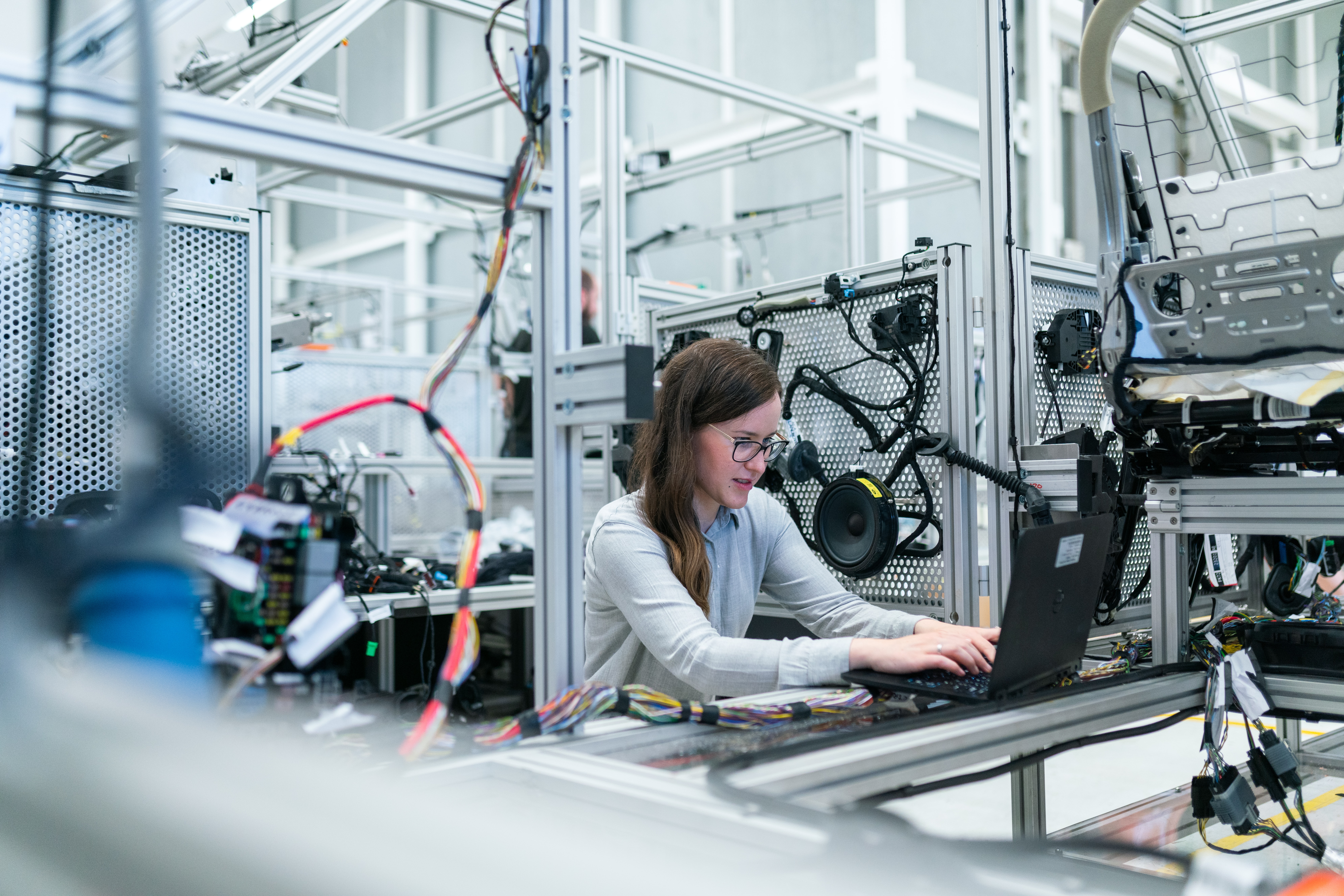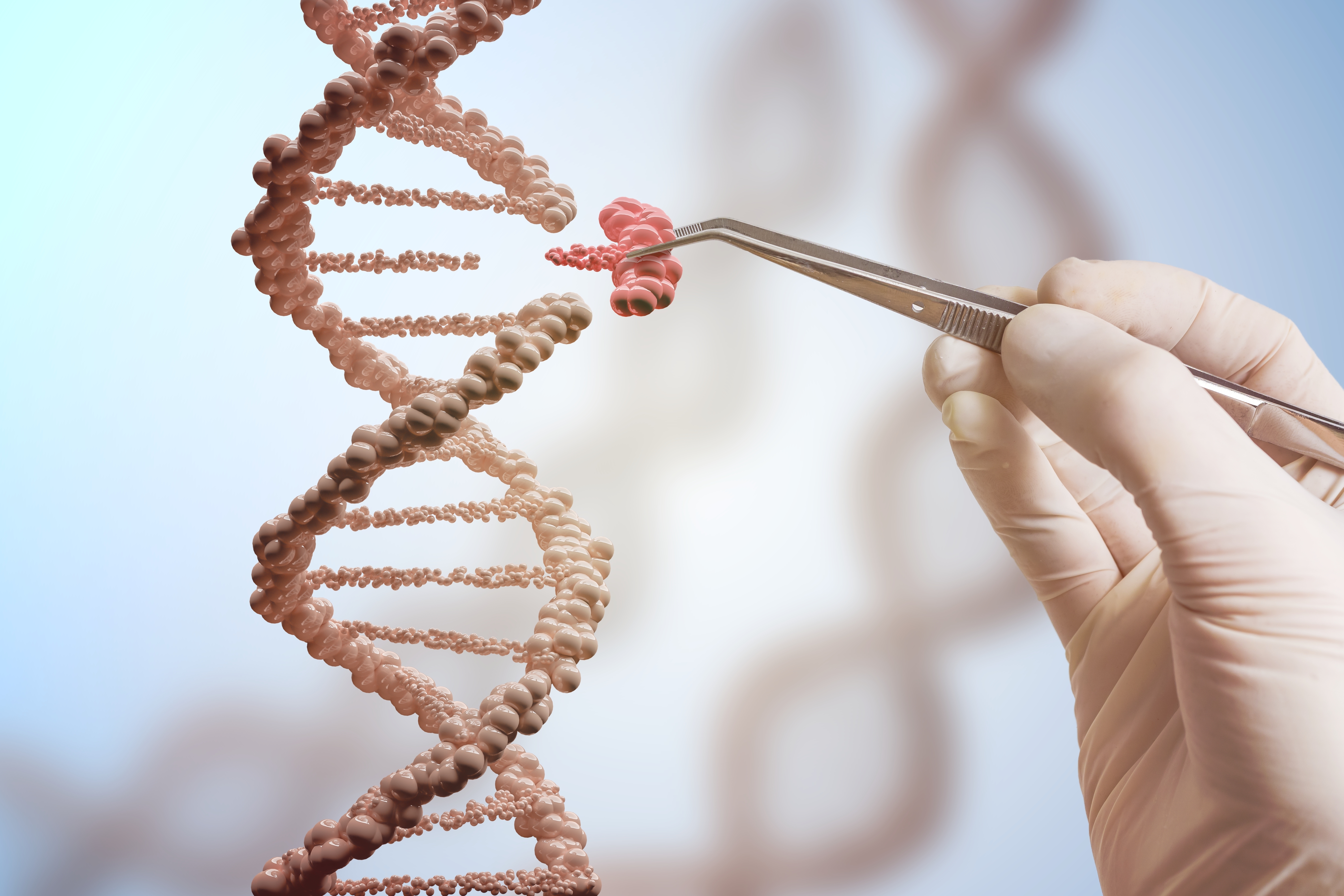Recently, consulting firm Ernst & Young released an article about how automation and augmentation trends will influence life in 2021. Human augmentation consists of efforts to alter the human body in order to improve it physically or psychologically. This might sound like something from a sci-fi movie—as writer Alexandre Gonfalonieri of The Startup noted—but it will become a reality sooner than we think.
Understandably, this trend has some of us a bit nervous. Augmenting ourselves raises important ethical questions and what it means to be human. But it also represents something extremely promising: Yet another sign we are on the verge of living longer, better lives than ever before.
In recent weeks, I’ve outlined some markers of this new paradigm, which I call the Longevity Revolution. Human augmentation exists in the overlap of healthcare and technology, just like personalized medicine and big tech’s investments in the healthcare space, as I’ve covered in previous pieces. In her 2019 article, Hannah Chia noted: “In an era of augmented longevity, aging may no longer be the inexorable final phase of human life.”
With that in mind, let’s take a closer look at what, precisely, this “augmented longevity” era will look like. I’ll zoom in on three types of human augmentation that show tremendous promise and which will play a leading role in the longevity revolution that is just around the corner.
Gene engineering
If you’ve heard of CRISPR, you’ve heard of one of the most promising gene editing tools available to scientists. Generally speaking, gene editing means disabling a bad gene or inserting a good one that’s missing, one which could suppress aging and cure congenital diseases. When done properly and ethically, gene editing provides a highly sophisticated defense against disease and premature death—helping us live longer.
A version of CRISPR developed by Harvard Professor David Liu and his research team enables something called “base editing.” It’s so precise that you can swap a single letter of DNA for another. As Liu told KQED, single-letter DNA mutations make up about two-thirds of genetic variants associated with the disease. This pioneering technology-led Liu to launch Beam Therapeutics, which in 2020 raised $180 million in its initial stock offering—funds to use for further R&D for its base editing programs. Unlike other treatments, genetic mutation repair could represent a life-long cure. That’s a huge gain for longevity.
AI-brain integration
Once again, human augmentation can be either physical or psychological. According to Gartner, augmentation can be split into four categories: sensory, brain, genetic, and appendage. Indeed, the integration of artificial intelligence right into our brains represents another step in the longevity revolution. It will improve the quality of life for many people—particularly those with brain-related diseases.
Technologist Ray Kurzweil is optimistic that we can actually connect our nervous systems to the cloud, offering unprecedented monitoring of the brain that could underpin improved treatment of hundreds of brain diseases. And Elon Musk, the man behind SpaceX and Tesla Motors, supports a brain-computer interface called Neuralink.
Musk believes in the merging of biological and digital intelligence, and that devices implanted directly in the brain will help foster it. This isn’t far-off sci-fi speculation either; Musk expects the technology will be ready for prime time within a decade.
Replaceable or artificial body parts
“Appendage” augmentation, as Gartner calls it, refers to the actual replacement of body parts, which is crucial considering that the human body is both fallible and fragile. Prosthetic limbs are probably the best example of appendage augmentation, but they’re just the tip of the iceberg. Researchers are working to replace everything from our eyes to our hearts to our bones and lungs.
The BiVacor artificial heart, for example, can fully replace a patient’s most vital organ. It pumps blood through the body, just like your natural heart does, using a technology called “magnetic levitation.” Many researchers are also hoping to simply 3-D print organs like lungs and kidneys. This is expected to become a reality within the next decade or sooner—perhaps by the year 2023. Naturally, treatments for lung disease, kidney disease, and heart disease looks different in a world where we can replace the organ itself altogether with something good as new.
Taken together, these many avenues of augmentation will all change what it means to be healthy and to fight disease, in turn, help us get even closer to a world in which we don’t just have longer life spans, but higher-quality bodies and health during the years we’re alive.





